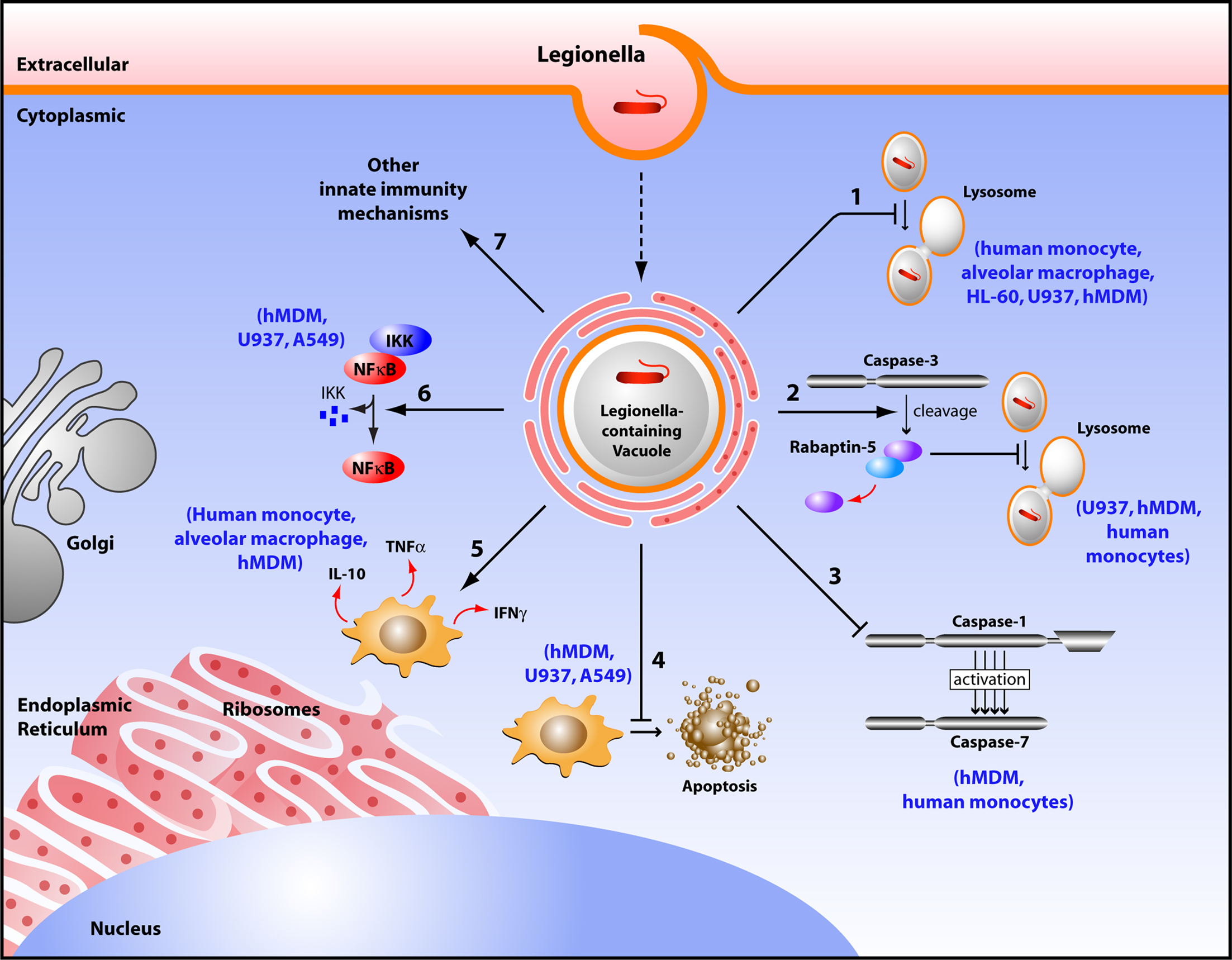We developed the world’s first on-site, real-time bacteria detection system for water. Unlike traditional testing methods that take days to return results, this rapid detection technology delivers quantitative data instantly, allowing facilities and governments to take immediate action.
Key benefits include:
- Increased public safety and consumer confidence
- Brand protection for water and beverage companies
- Minimized system downtime due to proactive monitoring
- Stronger regulatory compliance and crisis prevention
🌍 Not Just a Developing World Problem
“People often think of unsafe water as a problem confined to developing countries,”
Whether it's Legionella, E. coli, or other waterborne pathogens, early detection is the only reliable strategy to avoid health risks and reputational damage.

Culture de Legionella sp. sous UV
How Legionella Bacteria Replicate: A Hidden Threat in Water Systems
Legionella pneumophila, the bacterium responsible for Legionnaires’ disease, is an opportunistic pathogen that replicates inside protozoa (especially free-living amoebae) and human macrophages once inhaled into the lungs. In natural and artificial water systems, Legionella follows a unique intracellular replication cycle.

Legionella Replication Process
-
Invasion
Legionella enters host cells (typically amoebae in water, macrophages in humans) through phagocytosis. -
Formation of the Legionella-containing vacuole (LCV)
Instead of being destroyed, the bacterium hijacks the host cell’s vesicle trafficking system, forming a specialized compartment called an LCV, where it avoids lysosomal degradation. -
Intracellular replication
Inside the LCV, Legionella replicates extensively, using host-derived nutrients and evading immune detection. -
Host cell lysis
Once replication is complete, the host cell bursts, releasing hundreds of new Legionella bacteria into the surrounding environment—ready to infect new cells or become airborne via aerosols.
🌡️ Where It Happens
- Cooling towers
- Hot tubs
- Showers and plumbing systems
- Decorative fountains
- Industrial water systems
Legionella thrives in stagnant, warm water (25–45°C) and in biofilms, where it’s shielded from disinfectants.
🚀 Why Now?
With climate change increasing water temperature and aging infrastructure becoming more vulnerable, the threat of bacterial contamination is only growing. Real-time water monitoring isn’t a luxury—it’s becoming an operational necessity across the beverage, municipal, hospitality, and industrial sectors.
Hydrosense is ready to meet that need—delivering data, speed, and safety with every test.